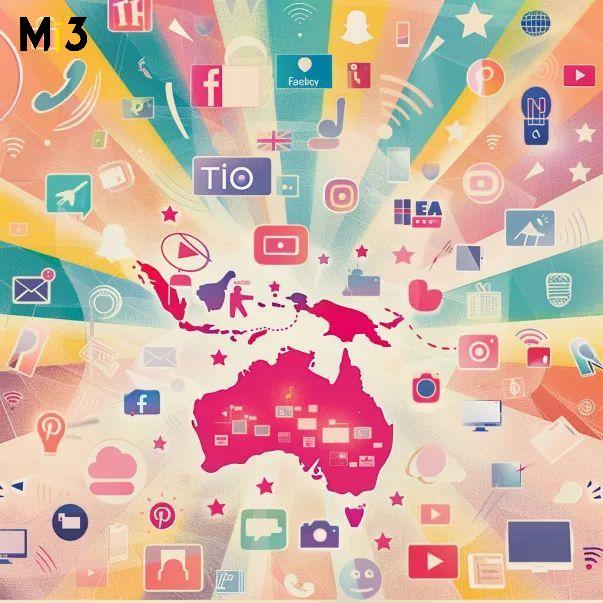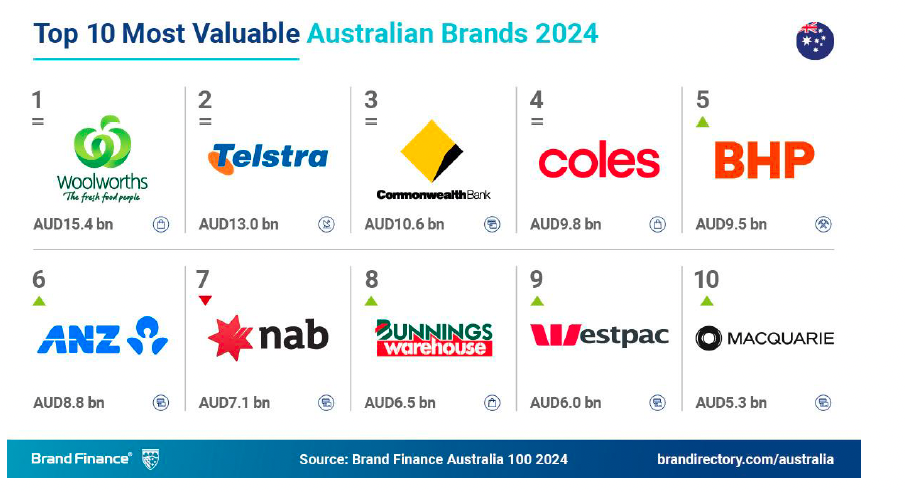Westpac blows app rivals away as Forrester rates Australia among world’s best – but Big Four still missing key customer aspirations

What you need to know:
-
Westpac tops mobile banking UX for third year running, per Forrester, thanks to AI-powered features that nudge users toward smarter financial decisions.
-
CommBank leads in budgeting and investing tools, NAB in fostering financial discipline, and ANZ in delivering intuitive, natural-language app search, but all four majors still fall short on holistic financial health insights.
-
60 per cent want low-balance alerts, 44 per cent want financial health scoring, and 43 per cent expect tailored product recommendations – with under-25s demanding even more from their banks’ digital services.
-
CX remains stuck in ‘OK’ territory with Forrester’s 2025 Customer Experience Index for mobile banking apps in Australia averaging just 66.0.
It's really a mix of growing customer expectations. At the same time, Australian banks have the resources and the ability to invest heavily in emerging technologies. That’s a big part of it too. They’re always looking to stay ahead of the curve and find new ways to use tech to better serve their customers.
Westpac’s mobile app now sets the benchmark for predictive, personalised banking in Australia. CommBank shines in budgeting and investing, NAB has carved a role in teaching customers financial discipline, and ANZ delivers the basics with natural-language search. All four meet the table stakes of account management, payments, and savings tools, Forrester finds.
But few go further. Financial health insights remain shallow, despite customer demand for such capabilities; international transfers are too often clunky, and fraud prevention is uneven.
They might look like great apps compared to their global peers, but local customers are hardly blown away.
According to Forrester, mobile banking apps are a crucial component of the overall banking experience, yet the firm’s Customer And Brand Experience Survey, 2025, shows that the average Customer Experience Index (CX Index) score for Australian banking customers who used the mobile app in their last interaction with their bank was 66.0, which falls into the ‘OK’ category.”
Bottom line: while digital competence is universal, digital excellence is rare.
Westpac’s threepeat
Forrester’s latest Digital Experience Review shows Westpac leading the pack for the third year running. The reason? AI-powered nudges that anticipate not just what customers want, but what they probably ought to want.
In a statement coinciding with the release of the report Westpac Chief Executive, Consumer, Carolyn McCann said, “Our focus is on helping customers manage their money with confidence and ease, and it’s fantastic to see so many embracing features in our app like Savings Finder, Bills Calendar and Budget Planner. These tools are helping Australians take greater control of their finances and make more informed decisions every day.”
“We’ll continue to innovate and invest in digital to provide smarter insights and tailored support so customers can get the best banking experience in their pocket.”
Financial literacy
Forrester’s analysis suggests it is no longer enough for banks to send a generic push notification about savings, and that banks are starting to meet at least some customer expectations.
Westpac and NAB, for instance, actively help customers shave costs of their monthly banking bills in areas such as credit card costs and offset accounts. As Zhi-Ying Barry, principal analyst at Forrester, told Mi3: “They can calculate the interest repayment based on the mortgage they have. That’s what NAB has done, calculated the exact amount they might save on interest repayments if they were to do that.”
Barry described the emergence of this kind of capability as one of the biggest areas of improvement in banking apps over the last 12 months.
Forrester’s analysis also suggests an ongoing shift towards financial literacy as a strategy, as banks increasingly lean into their unique and vast data troves to deliver personalised, actionable suggestions for customers.
The ideal outcome is happier and also financially healthier customers who can benefit from lower interest, and fewer overdraft fees. For the banks, the payoff is stronger stickiness since a household that trusts its bank’s algorithm to guide repayments is less likely to shop around.
Digital dominance
While Australia is not typically seen as a digital superpower, in banking apps it punches above its weight. “Some of the Australian banks are in the top 10, if not top 15 globally,” Barry told Mi3.
As to why Australian banks stand out in mobile banking, she said it was a combination of customer expectation, and market structure – basically the security that comes from four banks owning 80 per cent of the market.
“Banking customers want alerts to help them stay on top of their money, and they also want financial insights to understand how they can improve their overall financial health. So I’d say it’s really a mix of growing customer expectations. At the same time, Australian banks have the resources and the ability to invest heavily in emerging technologies. That’s a big part of it too. They’re always looking to stay ahead of the curve and find new ways to use tech to better serve their customers,” she said.
For all the money the banks have poured into their app capabilities, customers are still looking for the basics. According to Forrester’s survey of banking customers, the thing customers most want (60 per cent) is to be alerted when there’s not enough money in their account to cover an upcoming expense. That was followed by a desire to track their financial health through a scoring tool (44 per cent) and being offered products that comport with their financial circumstances (43 per cent).
Per Barry, those figures are even higher for younger customers. “For instance, 70 per cent of under 25s want an alert when they are at risk of overdrafting; 66 per cent want financial insights based on their spending patterns”, the same number who also wanted a financial scoring tool.
Human in the loop
For all the acceleration, Australian banks remain reticent on some fronts. Generative AI usage is still tentative.
According to Barry, “Broadly speaking, Australian banks are very cautious when it comes to the use of AI or generative AI, particularly in external customer-facing use cases and scenarios.”
Instead, banks are adopting a “human-in-the-loop” approach. AI agents may draft responses or flag anomalies, but human employees validate them before they reach the customer.
The jury is out on the extent to which banks will shift to a “human on the loop” approach, where staff are monitoring and managing by exception rather than required to always intervene.
“Gradually, though, we’ll start to see use cases where AI agents can autonomously execute different tasks. However, internal AI control systems will be put in place to flag specific risks and allow human employees to intervene when needed.”
Road ahead
Forrester’s review makes clear that despite their global standing, weaknesses remain. None of the four banks excel at providing holistic financial health insights beyond short-term savings. Tools to reduce debt, build net worth, or manage long-term wealth remain underdeveloped. International transfers are clunky, with no visual progress cues or modern security features like QR codes. Furthermore “Customer’s experience suffers from disjointed handoffs from virtual to human agents, leaving customers hanging with no immediate follow-up or even an estimated waiting time.”
According to Forrester, banks must design more seamless AI-driven experiences, but by keeping a human-in-the-loop, at least for now.





